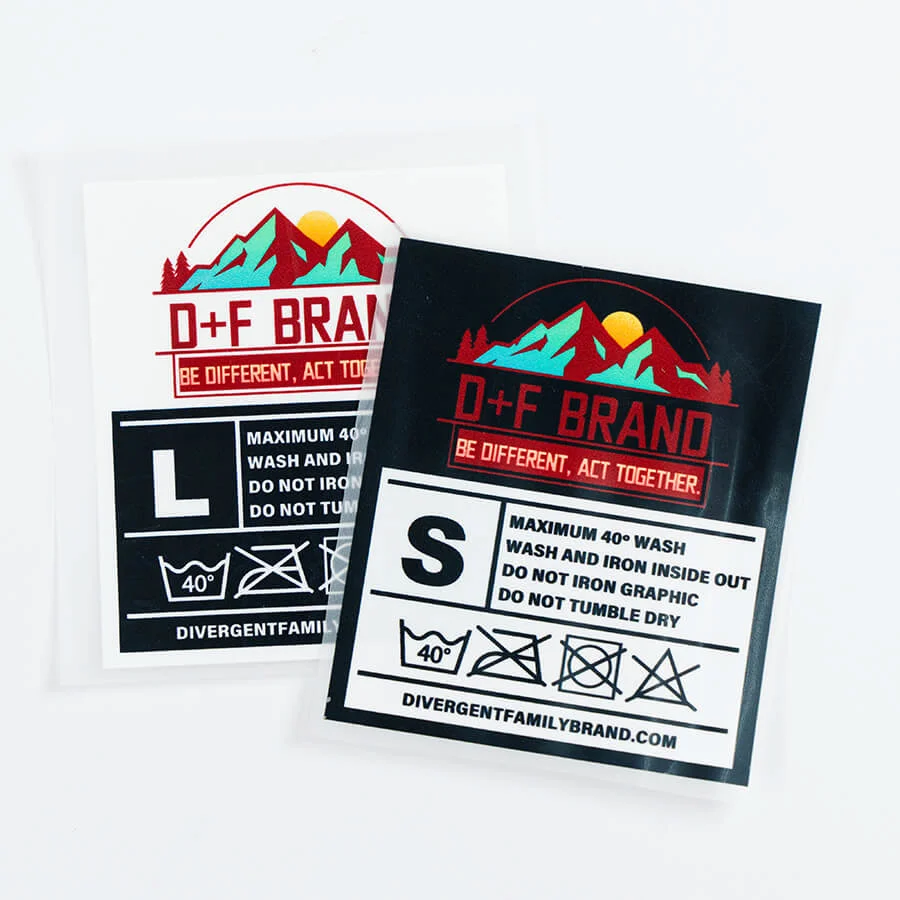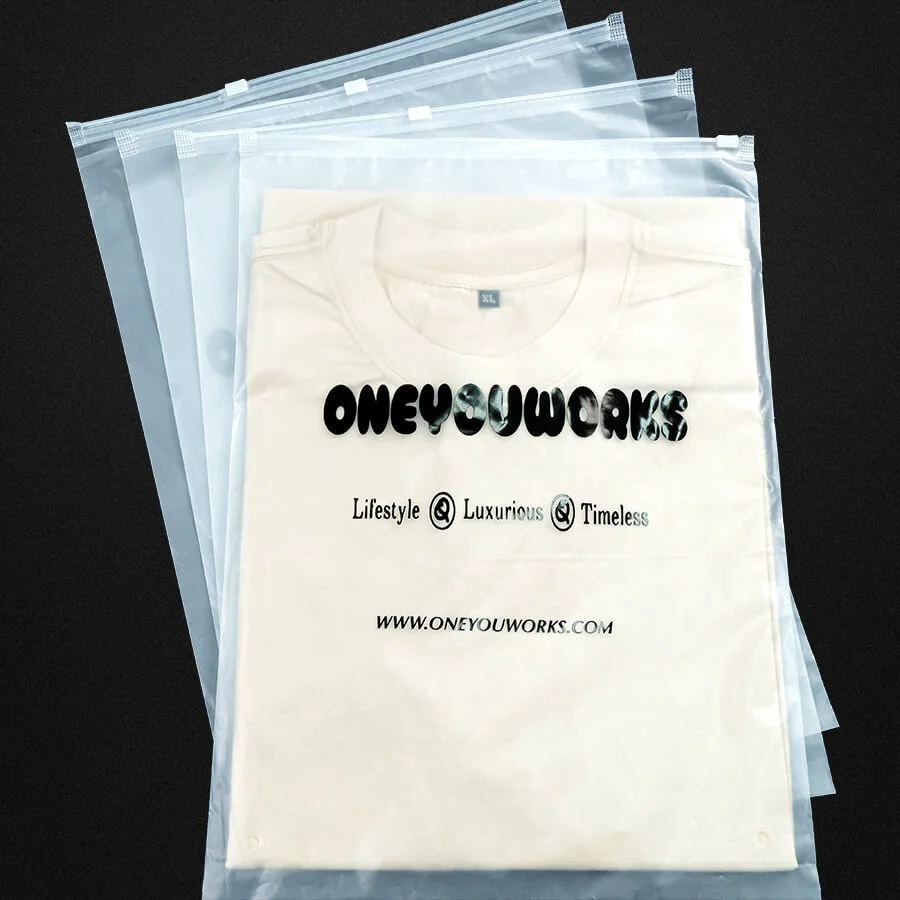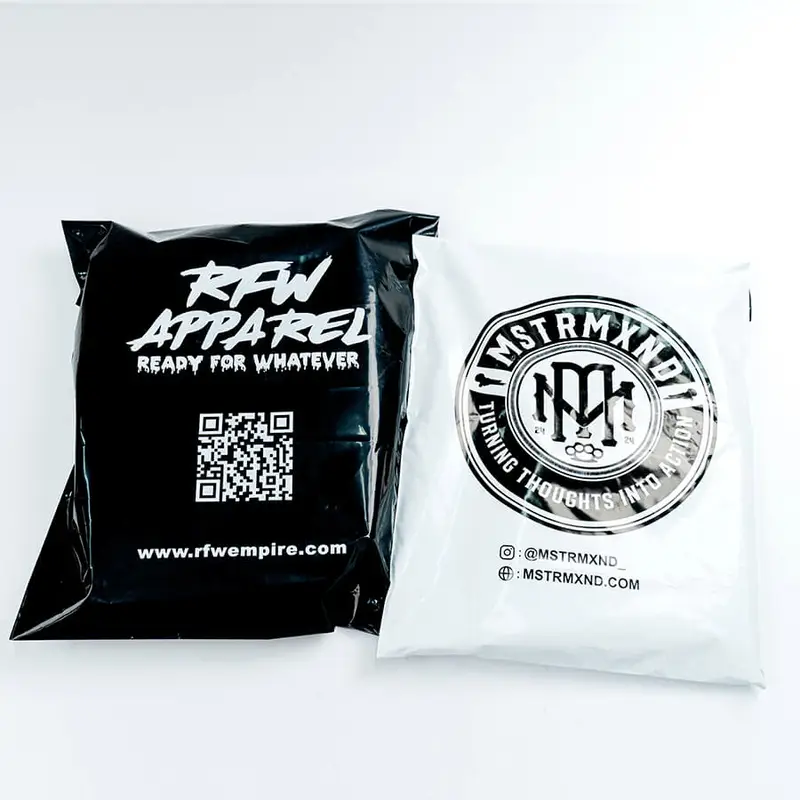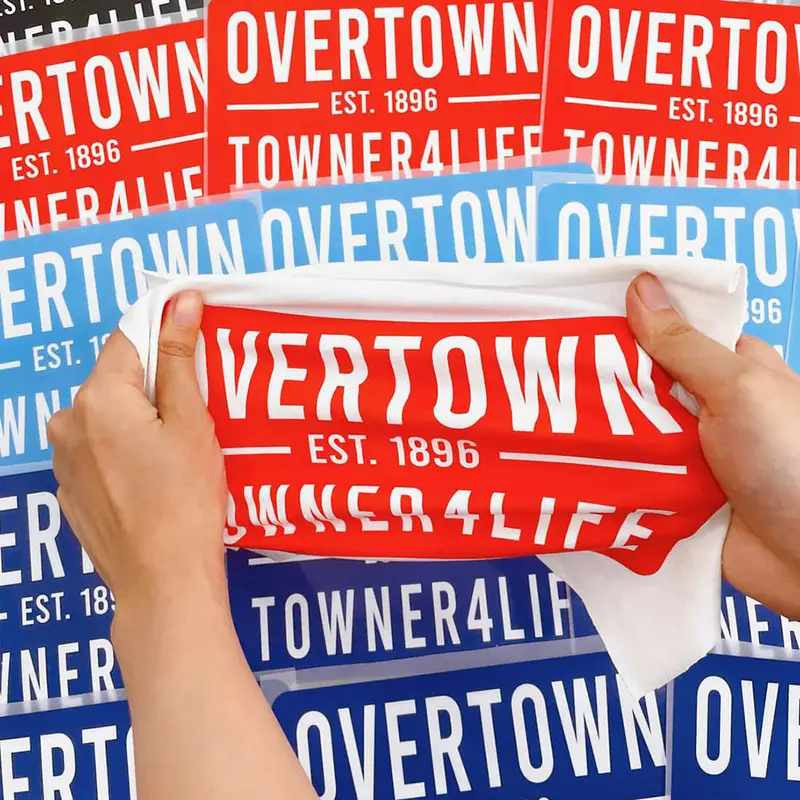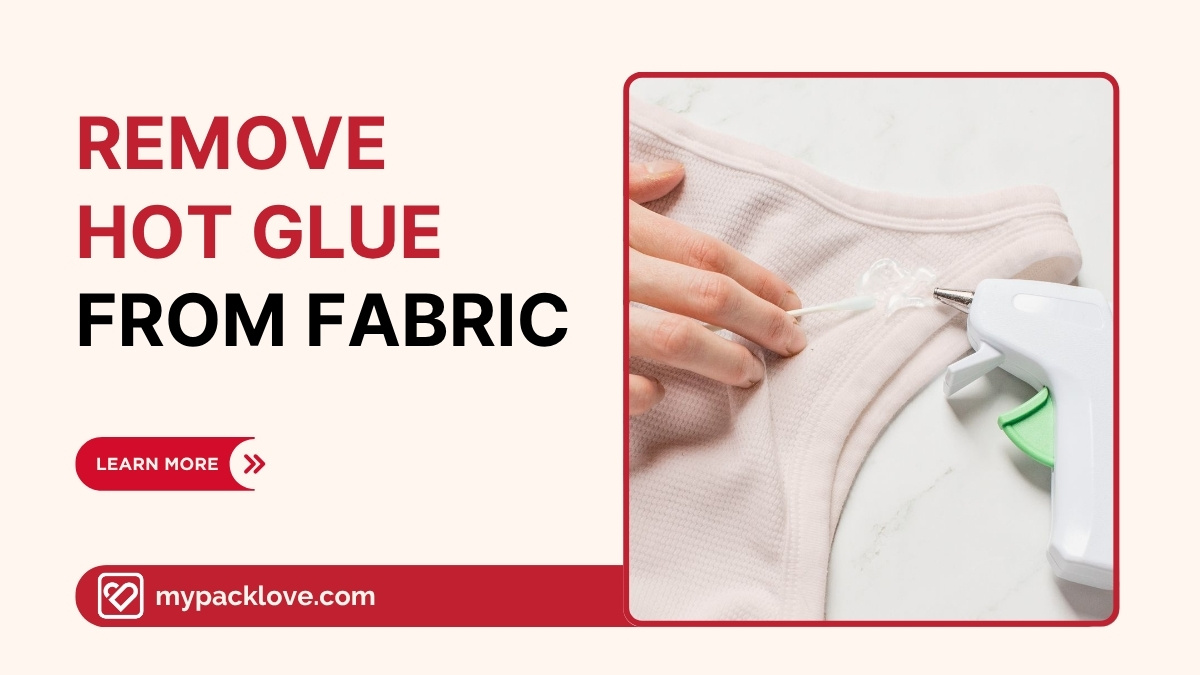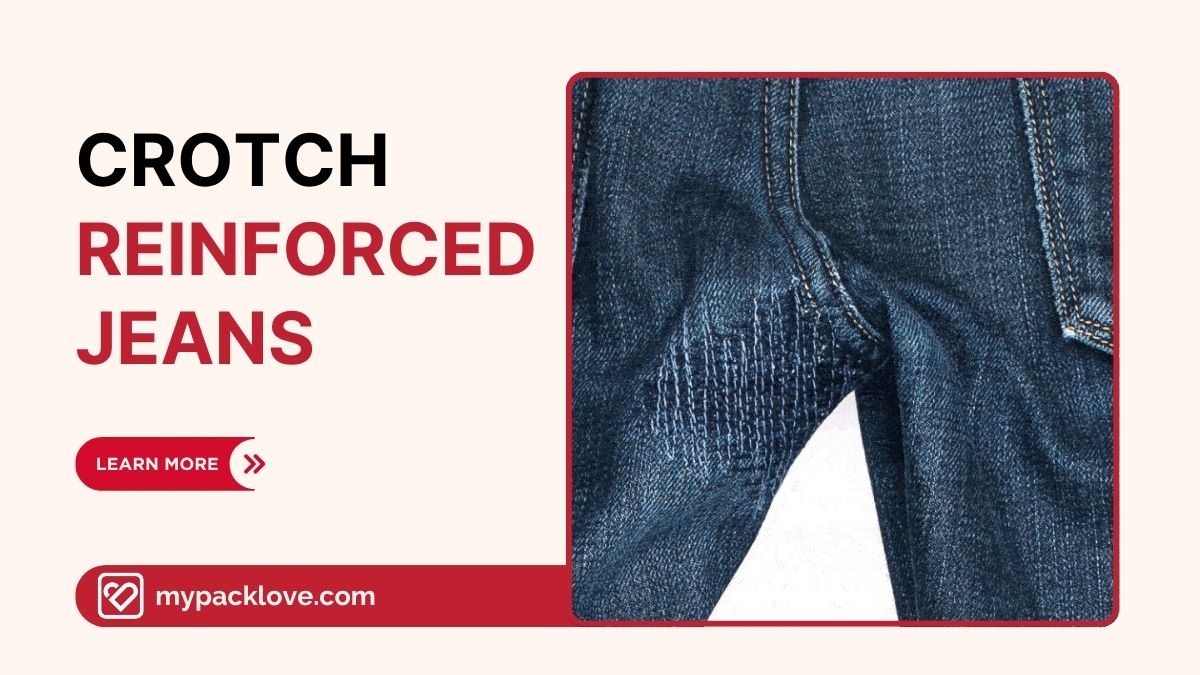Can You Iron Nylon? Safe Ironing Tips and Tricks | MyPackLove
Wrinkled nylon items, from delicate clothing to sturdy bags, can be a frustrating challenge. This guide offers clear and concise solutions for ironing nylon without the risk of damage. Whether you’re a seasoned crafter or simply need to refresh a garment, this article provides the knowledge to confidently iron nylon without worrying about melting, shrinking, or scorching. We’ll cover the correct temperature settings, ironing techniques, and essential precautions. Alternative wrinkle removal methods will also be explored for those looking to avoid ironing altogether.
1. Can you iron nylon safely?
1.1 Understanding nylon and its reaction to heat
Nylon is a remarkable synthetic fabric, praised for its durability and wrinkle resistance. However, this very strength comes with a caveat: nylon has a relatively low melting point. This means that high heat, even heat that feels safe on other fabrics, can cause significant damage to nylon. Direct exposure to excessive heat can lead to melting, creating unsightly and irreversible damage. Similarly, improper heat application can result in nylon shrinking, leaving your garment unwearable. Furthermore, high heat can create shiny or distorted marks on the fabric that are hard to remove, compromising the garment’s appearance. Therefore, careful temperature control is paramount when ironing nylon to preserve its shape and aesthetic appeal.

1.2 The right temperature for ironing nylon
For the safest ironing of nylon, always opt for the “cool” or lowest heat setting on your iron. If your iron offers specific temperature settings, aim for a range between 110-135°C (230-275°F). Crucially, before ironing any visible wrinkle, always test the chosen temperature on a hidden, inconspicuous area of the garment. This crucial step allows you to confirm that the selected temperature is suitable for the particular nylon fabric and prevents accidental damage to a noticeable part of your item. While your iron may have a steam function, avoid using steam initially. Steam can concentrate heat, potentially leading to melting or distortion. Always prioritize a low, consistent heat for ironing nylon.
1.3 Step-by-step guide to ironing nylon
Ironing nylon requires a delicate touch. Follow these steps for successful wrinkle removal without damage:
Step 1: Turn the garment inside out protects the exterior fabric from direct heat and potential scorching.
Step 2: A thin, absorbent cotton pressing cloth place over the nylon is essential. It acts as a barrier between the hot iron and the nylon, preventing direct heat transfer and potential damage.
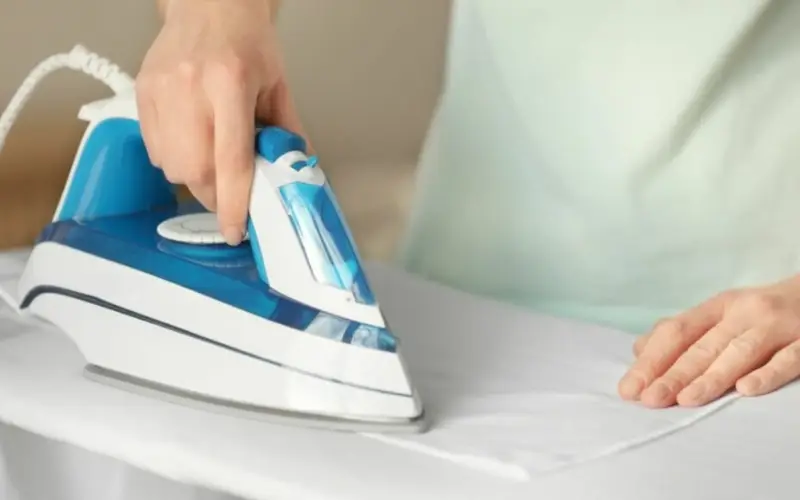
Step 3: Set your iron to the lowest heat setting, crucial for protecting your nylon garment. Refer to the previous section for the recommended temperature range.
Step 4: Gently iron the fabric with even, light pressure and smooth, consistent strokes, avoiding excessive pressure or prolonged contact at any single point to prevent stretching or distortion, and moving the iron across the fabric to avoid heat buildup.
Step 5: Carefully monitor the test area throughout the ironing process to ensure the chosen temperature and method aren’t causing damage.
Step 6: If your iron has a steam function, introduce it gradually after dry ironing, using a light, even steam application.

Step 7: Allow the garment to cool completely in a ventilated space before wearing or storing it to prevent damage from heat retention.
2. Alternatives to Ironing Nylon
2.1 Steaming for wrinkle removal
Steaming is a gentler and often safer alternative to ironing, especially beneficial for delicate nylon items. Instead of direct contact heat, steaming uses vapor to relax wrinkles. This approach is less likely to cause melting, shrinking, or damage to the fabric’s delicate structure.
Using a garment steamer, hold it a few inches away from the nylon fabric and direct the steam gently over the wrinkled areas. If your iron has a steam function, keep the iron at a safe distance from the garment, following the manufacturer’s instructions. Avoid holding the iron or steamer too close, as the concentrated heat can damage or distort the nylon. Steaming relaxes the fibers, allowing the fabric to release wrinkles effectively. This is a good method for removing wrinkles without the risk of high heat damage.
Always prioritize a gentle approach when steaming nylon. The goal is to relax the fabric, not to apply harsh heat. This method is particularly well-suited for items that are prone to heat damage or where a gentle touch is preferred.
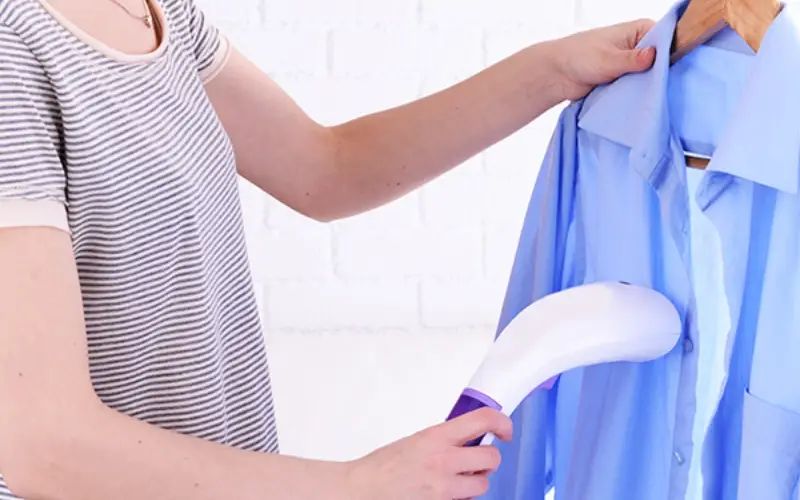
2.2 Other wrinkle removal techniques
For those seeking iron-free solutions for their nylon garments, a few alternative methods can be surprisingly effective. Hanging the garment in a humid bathroom during a hot shower, for example, can utilize the steam generated to loosen wrinkles. This is a natural, no-fuss method that often works well for minor creases.
Alternatively, a wrinkle release spray specifically designed for synthetic fabrics can be a convenient and effective solution. Carefully following the spray instructions, especially those regarding the drying time, is essential.
For some items, a short tumble dry cycle on the lowest heat setting might be an option, although this is contingent upon your garment’s care label. Always check the care label before utilizing any dry heat method, as the delicate structure of nylon can be easily affected by extreme temperatures. Regardless of the technique employed, prioritize a gentle approach to prevent any potential damage to the fabric’s structure.

3. Related Questions
3.1 Can you iron nylon jackets?
Yes, you can iron nylon jackets using the low-heat method and a pressing cloth, but pay extra attention to areas with seams, zippers, or embellishments. These areas can be more prone to heat damage. Consider steaming as a safer alternative, especially for puffer jackets or those with delicate linings.
3.2 What happens if you iron nylon on high heat?
Ironing nylon on high heat can lead to irreversible damage. The fabric can melt, shrink, or develop permanent shiny marks. The melted areas may become stiff and unusable. The garment may also become distorted or misshapen.
3.3 How do you get wrinkles out of nylon without an iron?
Steaming, hanging in a humid bathroom, using a wrinkle release spray, and carefully tumble drying on low heat are all effective ways to remove wrinkles from nylon without resorting to an iron.
Read more:
- Are poly mailers recyclable? A complete guide
- Shipping with poly mailers: Guide to sizes, types & benefits
- How to make custom poly mailers: Design, print & order
- Best poly mailers for Poshmark: Size, tips and where to buy
Ironing nylon, while possible, demands careful consideration of temperature and technique. Using the lowest heat setting, a pressing cloth, and always testing a small, inconspicuous area beforehand are crucial steps to prevent damage. This article explored alternative methods like steaming and wrinkle release sprays, offering gentle and effective wrinkle removal options. Experimentation is key; finding the best approach for your specific nylon garments may require trying various methods. Remember, always consult the garment’s care label for specific instructions. By applying these guidelines, you can successfully refresh and maintain your nylon items without compromising their quality or appearance.


